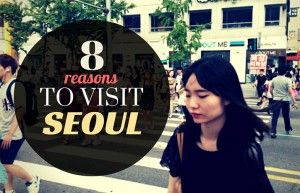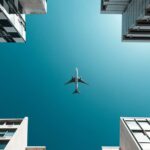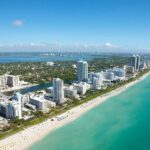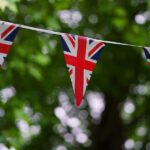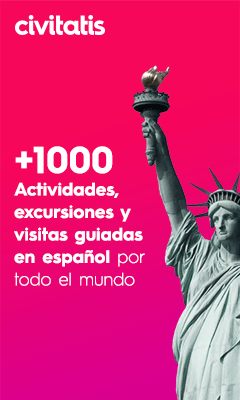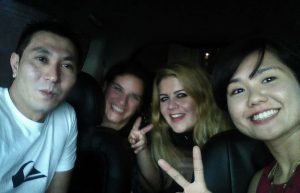It is impossible for me to start this article without saying that this is the highlight of my Korean exchange summer school program. As a future journalist, my continuing interest in society, politics, and travel have increased my need to see the Demilitarized Zone (DMZ) for myself. Some of the students, including myself, were really intrigued by how tours were allowed to go to the most dangerous place on Earth, as former U.S. President Bill Clinton described it.

First, we head to the War Memorial of Korea to have a quick look at the history of the war itself. I wish we had more time since the museum has a lot of exhibits going on. And it’s free! Next, we head to the border: the DMZ. On our way, we stopped for a quick lunch: bibimbap, a typical Korean dish that I will talk about in another article.
A ROK (Republic of Korea) soldier escorted our bus bringing a more serious perspective to the tour. Some exchange students of the University of Seoul totally ignored why the DMZ is known as the most dangerous border: despite its name, it is the most heavily militarized one in the world.
We were instructed to not use certain clothes and behave in a way that would not interfere with the tour, like taking pictures in places where is not allowed.

I guess it was possible to feel the tension among the students, which became more noticeable the moment we signed a waiver that says if you are wounded or killed because of hostile military action, the South Korean government can’t be held responsible, creating an atmosphere in the room that reflected this as a very serious business. Rumor has it North Korean soldiers can fire at will if they feel threatened. Fear was in the air: some students hesitated and thought about not continuing with the tour. Luckily, they changed their minds.
We learned that both Koreas are technically still in war since the two countries signed an Armistice Agreement on 27 July 1953 but not a peace treaty. The two Koreas created a border in the 38th parallel which has 2 kilometers on each side. This 4 km region is known as the DMZ.

We went to the Joint Security Area (JSA), where South and North Korea stand face to face. We went inside the blue buildings used by both countries for diplomatic engagements. A conference table in the center of the room has a line of microphones down the middle, which respects the countries border. Somehow, I was standing on the north side and didn’t realize until now. A ROK soldier was there so we could take pictures with him. One of my schoolmates noticed he has BB cream on (the tour guide confirmed this later), a clear sign that he was a South Korean.
Outside the building, the students took a group picture. Then, somebody noticed one North Korean soldier just outside the other building. We knew we were being watched, but this was the only person from the other side that we could see.


The bus passed by the Bridge of No Return were countries exchanged prisoners of war. They could decide which side they wanted to stay. Once a POW crossed over the bridge, they could never return. We also stopped nearby the place were the axe murder incident happened, were captain Arthur Bonifas and lieutenant Mark Barrett, two United States army officers, were killed by North Korean soldiers.

We left the JSA with a bitter taste on our mouths because this place symbolizes the world’s last Cold War frontier. It’s hard to believe a war has not ended and sad to believe that most of the people that fight during it will not see the country unified.
My only regret is not having a more complete tour. I really would like to see one of the tunnels made by the North and discovered by the South in the 70s.
Since this visit, my interest in the Korean war has increased significantly. When you learn about a country’s history, you are able to understand its people. Now, I would really like to see this place from the North Korean point of view
Probably one day I will.
PS: I want to leave a link to the Vice Guide Travel to North Korea because it gets inside the hermit country and show us how things work there.
Related content
Summer school in Seoul, South Korea
4 rookie mistakes on my first solo trip

